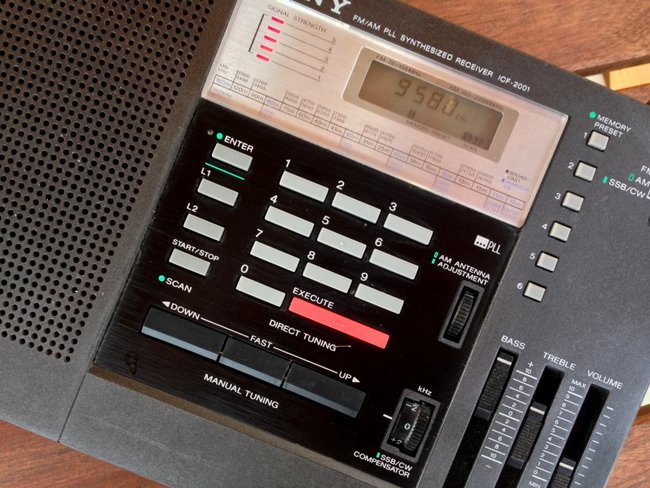Radio Australia: July 27, 1986
/Many thanks to SRAA contributor Tom Laskowski, for sharing the following recording and notes:
Broadcaster: Radio Australia
Date of recording: July 27, 1986
Starting time: 0300
Frequency: 17.795 MHz
RX location: South Bend, Indiana
Receiver and antenna: Sony ICF 2001
Notes: Here is a recording of Radio Australia's DX program called Talkback from July 27, 1986. I believe this was recorded around 0300 UT on 17795 kHz when Australia used to come in well in the evenings here.
Some of the program highlights are:
Review of the 1986 ANARC Convention, which was held in Montreal, Canada. Hosted by Radio Canada International, it attracted over 200 attendees. New Zealand's Arthur Cushen was the Guest of Honor for the event.













